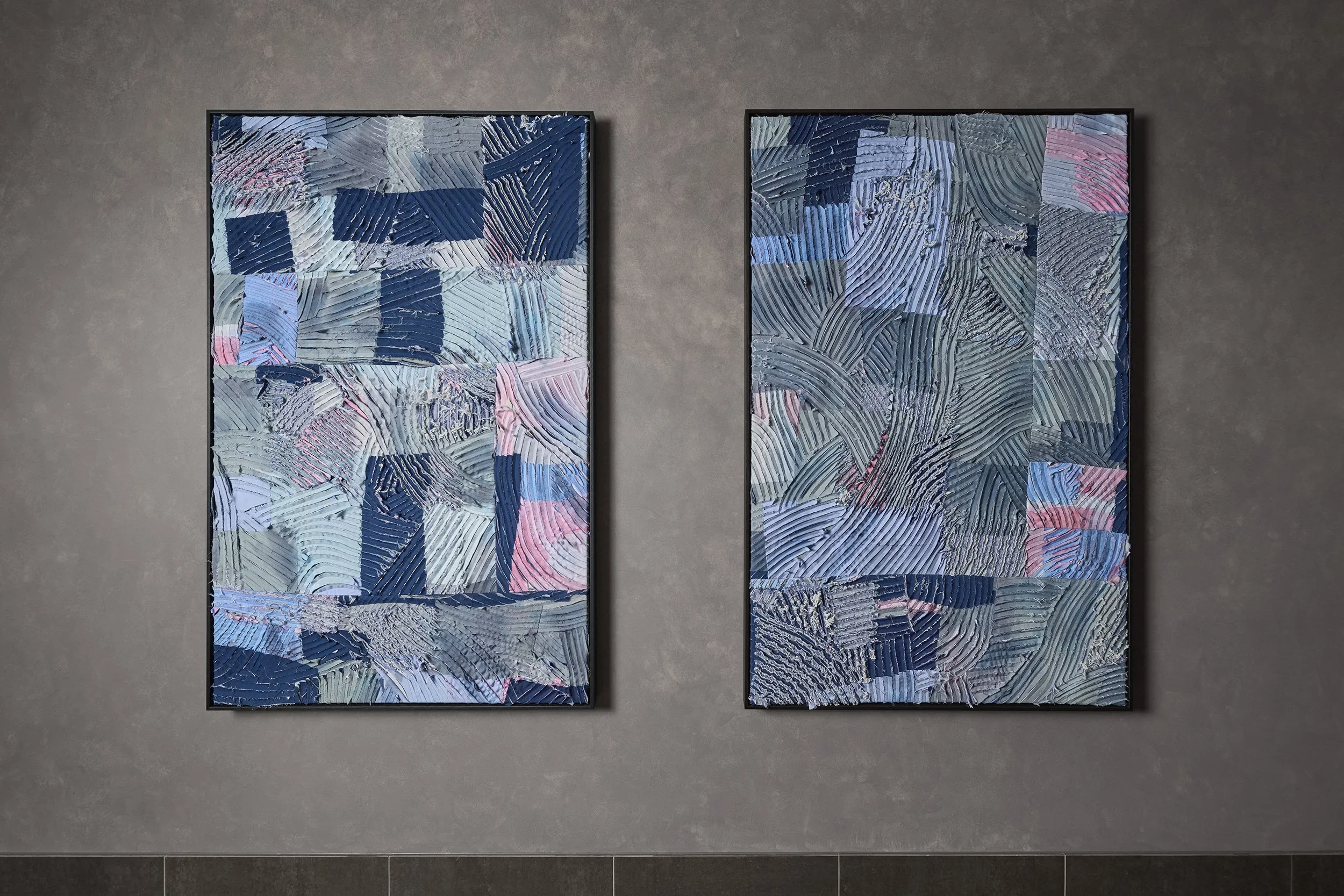Australian Design Review: Establishing a sense of place: Build-to-rent comes alive through narrative intent
“What does it mean to have a sense of place? Where does it come from? Is it innate and immutable – the result of a perfect collision between environmental, constructed and human elements? Or can it be generated from ‘nothing’, shaped deliberately and consciously?”
We’re endlessly interested in how art, architecture, and design come together to shape the places we live and gather— how materials, stories, and cultural threads build meaning into our shared environments.
The idea of placemaking has become something of a design-world buzzword in recent years, but its roots run deep — back to the mid-century thinkers who asked how cities could nurture community, belonging, and beauty amid rapid change.
The article below, Establishing a Sense of Place: Build-to-Rent Comes Alive Through Narrative Intent (via Australian Design Review) written by the wonderful Jessica Agoston features our recent work at Fitzroy & Co.
It’s a timely reminder that placemaking isn’t just about form or function — it’s about crafting places that feel alive, human, and connected.
Lisa Waup, ‘Covergence’ Fitzroy & Co.
Excerpt —
“From the moment you walk through the unassuming automatic door entrance, this sense of connection to a very specific, very unique place is palpable. There is no denying that you’re anywhere but the inner north of Melbourne. Every detail, from the materials and colour palette to the vintage furniture and, of course, the art collection, has been considered through the lens of people and place.
“We always start with the history of the area. From there, we consider the intention of building as a whole, then each of the spaces independently,” Weston says. “What is the feeling of a particular space? What is the intention behind that space? This leads to thinking about the artists who are working within the space and the stories that they want to tell about this place through their work.”
… On the wall of the ground floor entrance, Melbourne-based artist and maker Benjamin Baldwin’s steel sculpture, Merri Bound, captures your attention instantly, drawing you into its highly polished, undulating mirror-like surface. Like Waup’s work, Baldwin drew inspiration from the flowing twists and turns of Merri Creek to inform the finished form and shape of the work, which reads like a body of water rendered static in steel.
The highly specialised hydroforming process Baldwin employed to create the work also expresses an obvious connection to the powerful forces of water. “The connection between Ben’s work and Merri Creek is so thoughtful,” Weston says. “But it was challenging. This is the first time he’s created one of his hydroformed works at such a large scale. Opportunities like this, where an artist is encouraged and supported to push the boundaries of their practice, are so important – especially for emerging artists.”
Stories Unknown I & II by Melbourne artist Hannah Hall are particularly enchanting works. At first glance, they present as richly textured paintings. It’s not until you get closer that you realise they’re made from layers of intricately folded and stitched pieces of fabric. The strength of Hall’s work is both aesthetic and conceptual.
The omnipresent energy of Merri Creek flows through Stories Unknown, revealed in the flowing lines Hall has cut into each hand-stitched piece of this mosaic of fabrics and personal stories. In deliberately opening up the surface plain of the work, it ripples and ever so slightly flutters the way the creek might when touched by a breeze.
Developing a strong community is about reflecting a local identity”
Hannah Hall, Stories Unknown I & II sources local textiles to create works which speak to a bringing together of history and memory within Fitzroy & Co.

